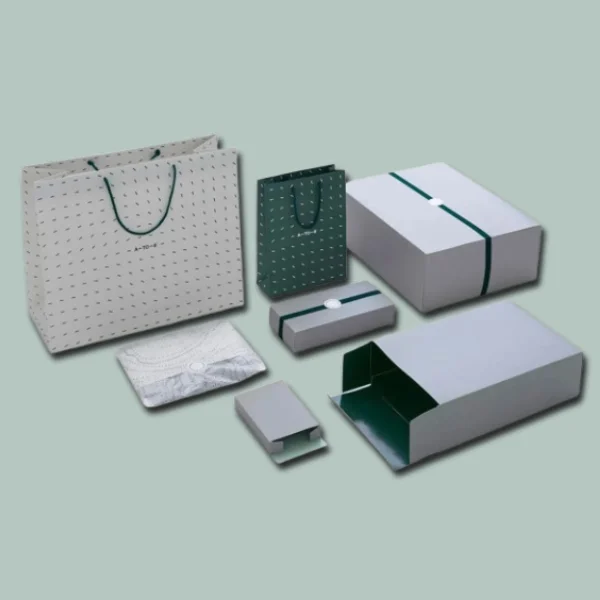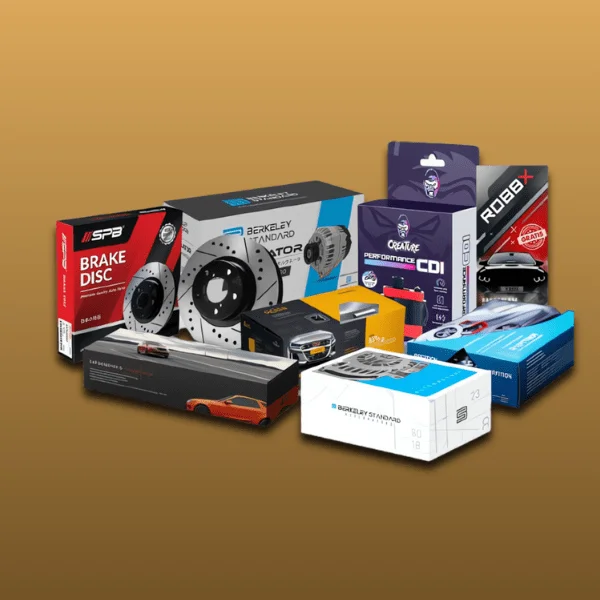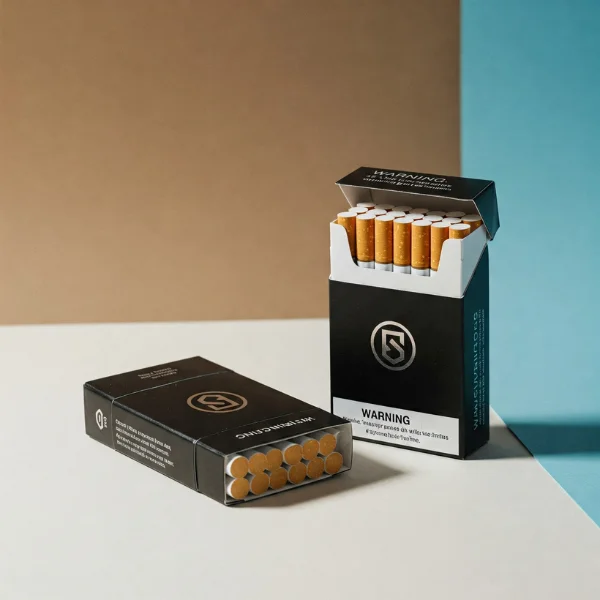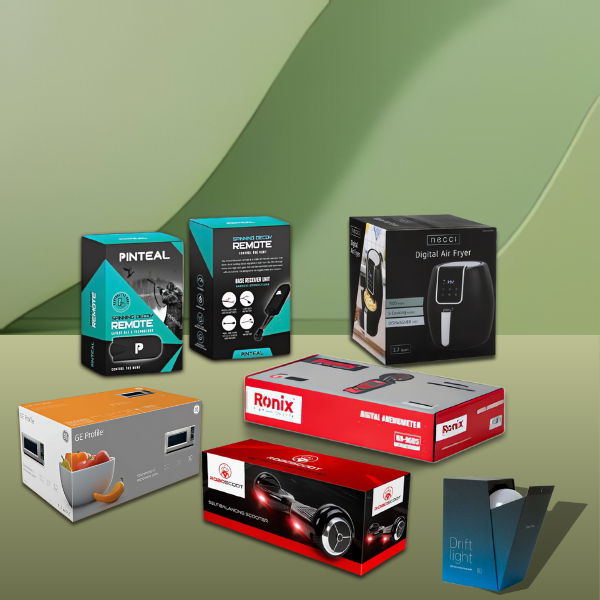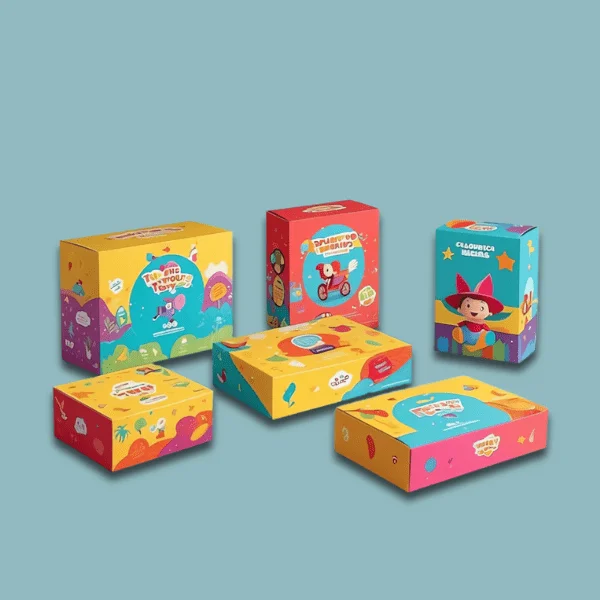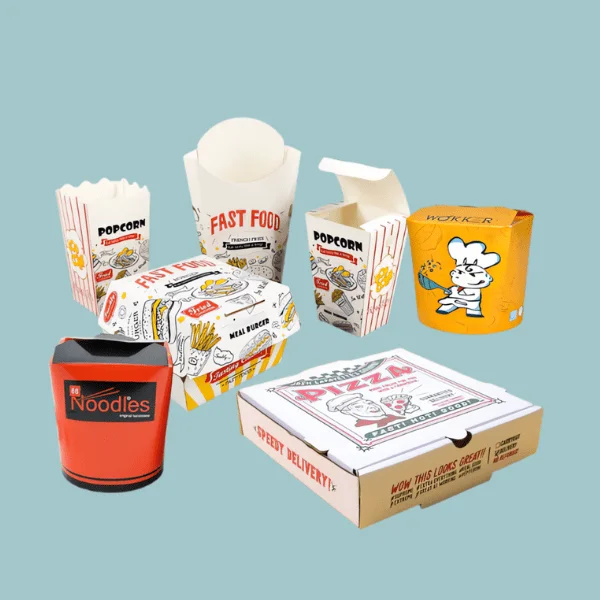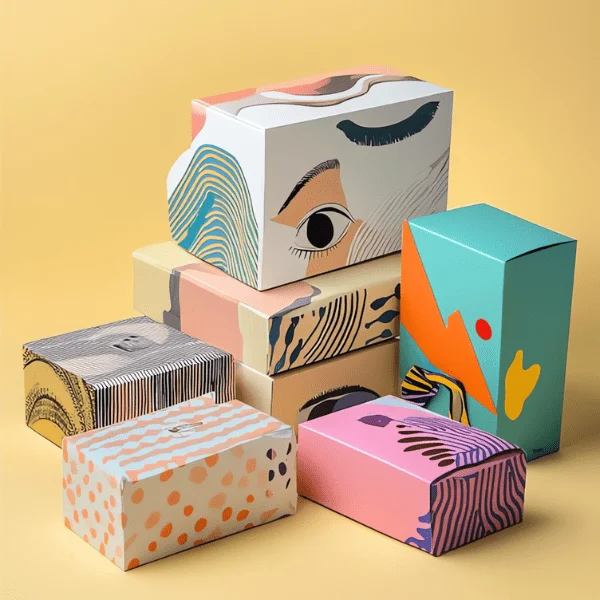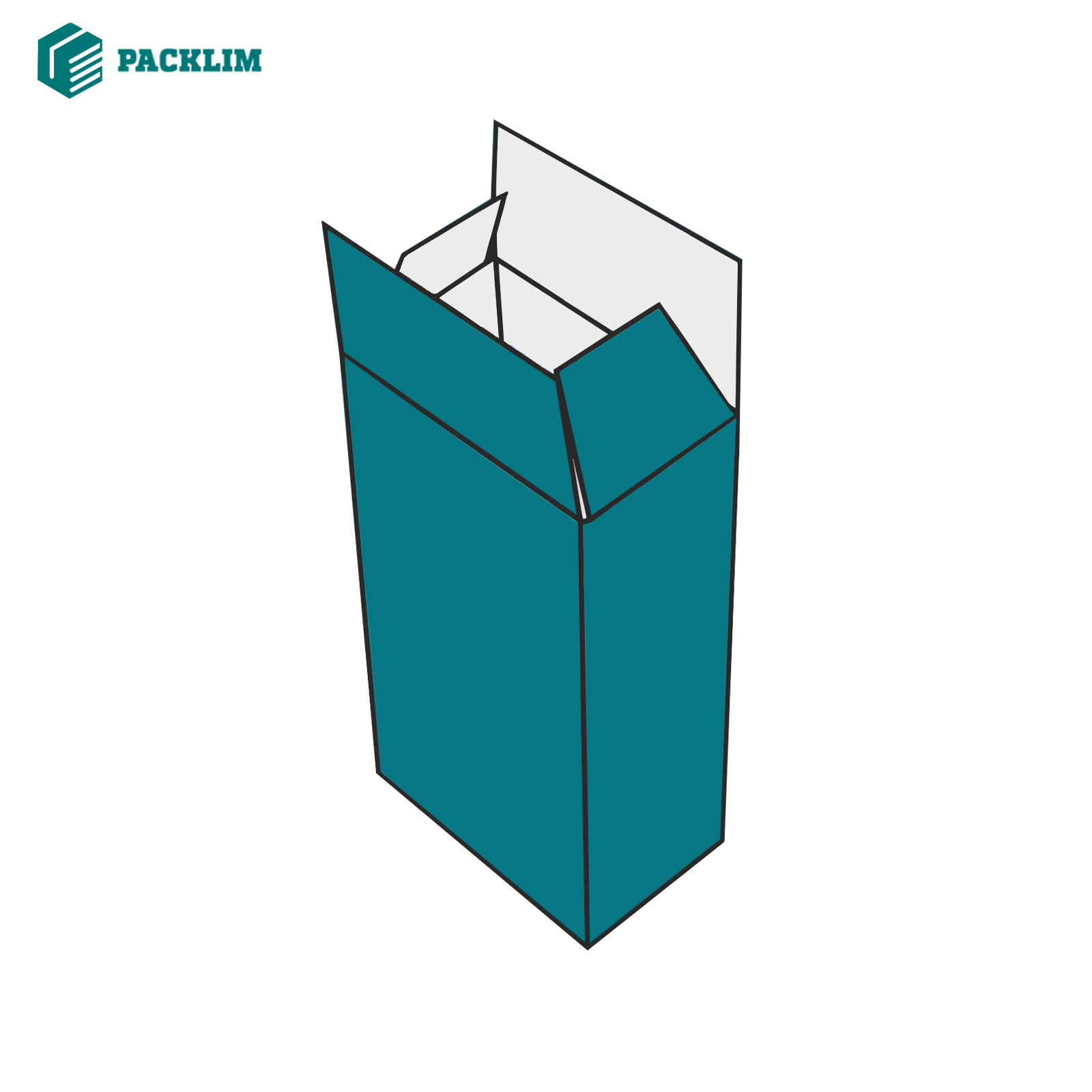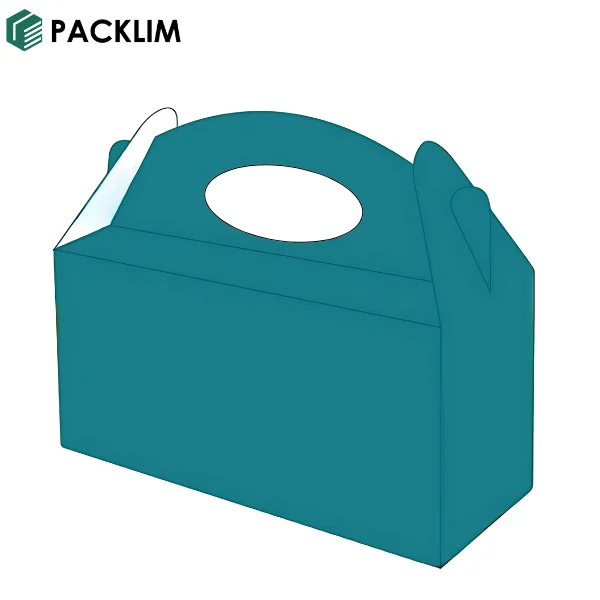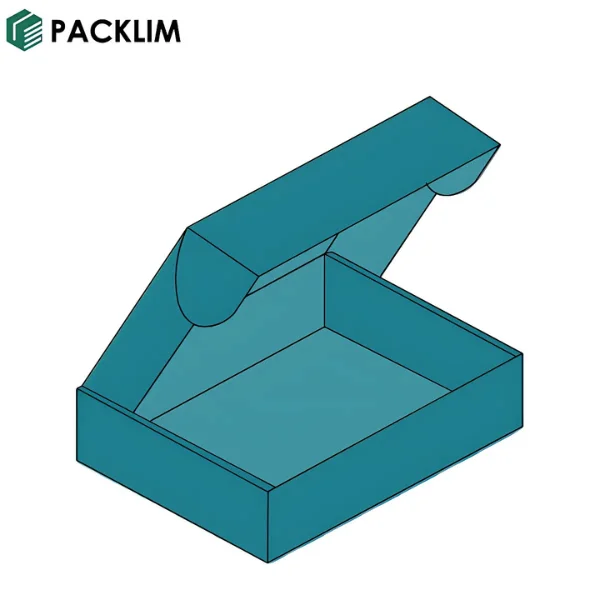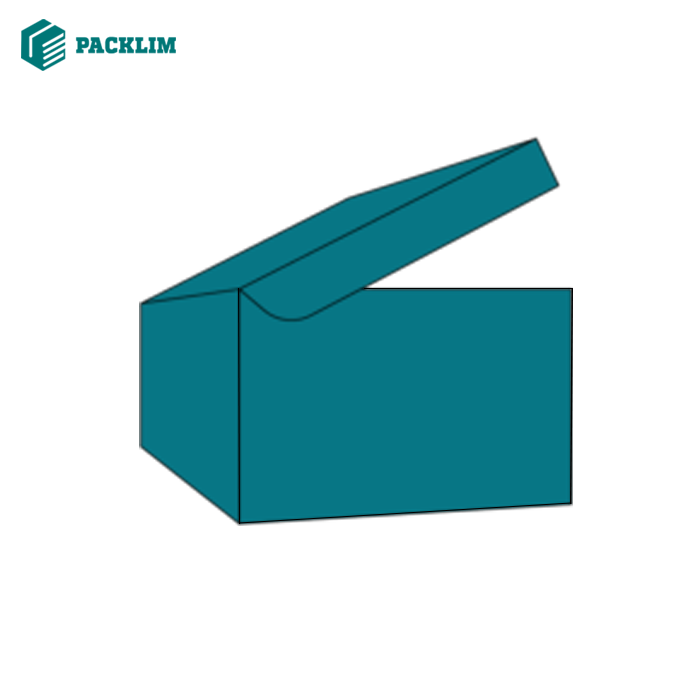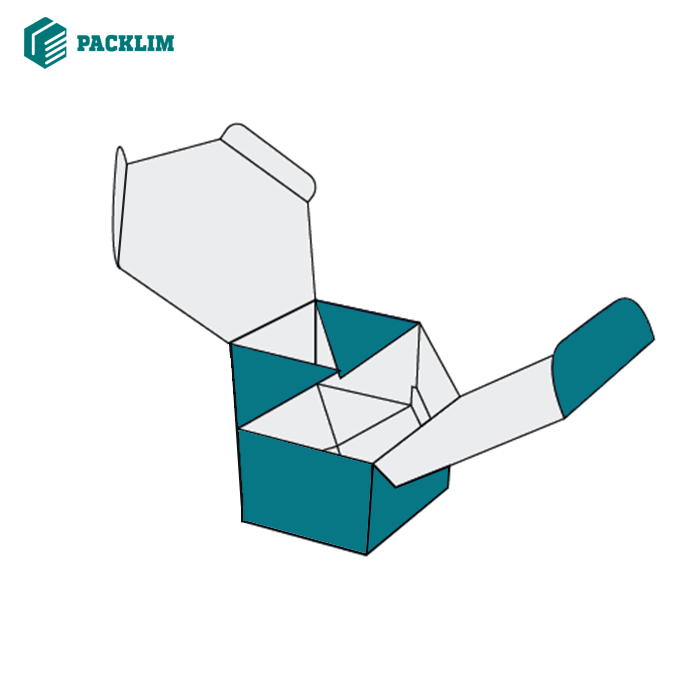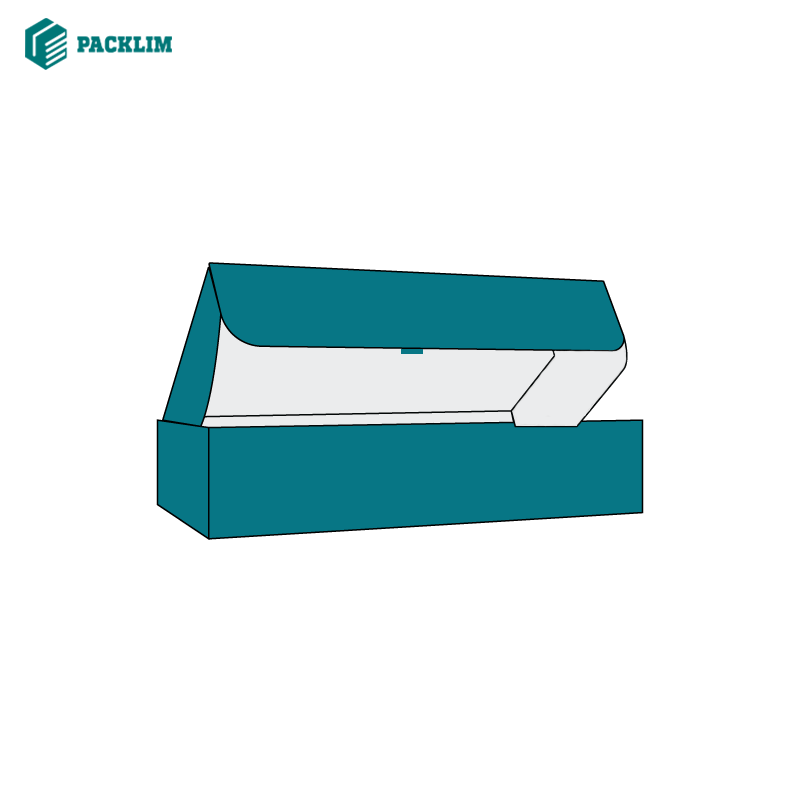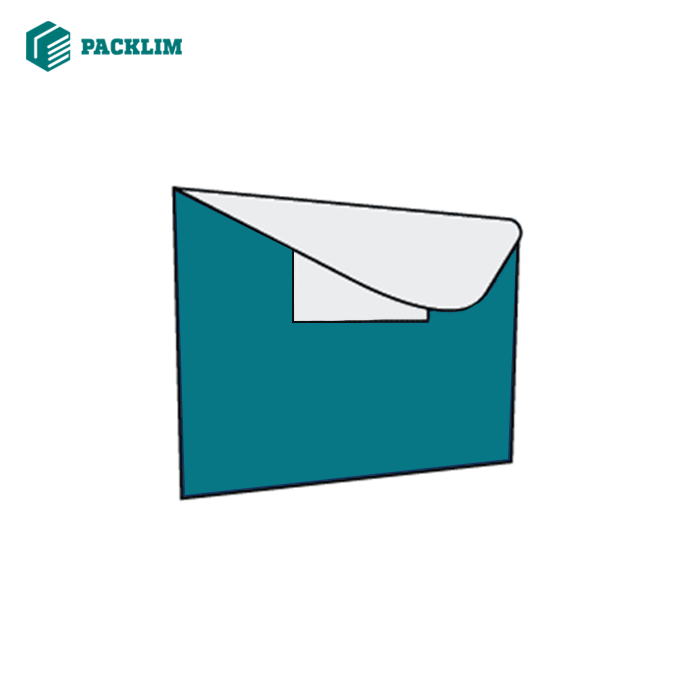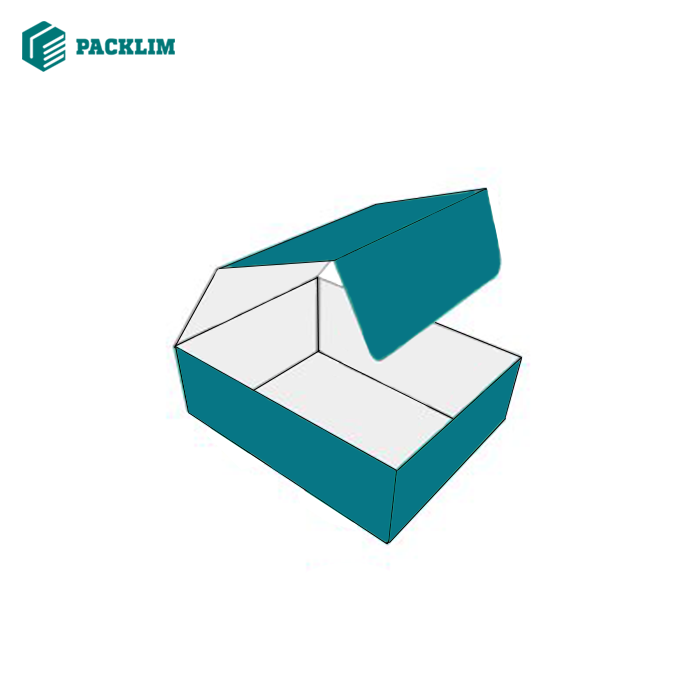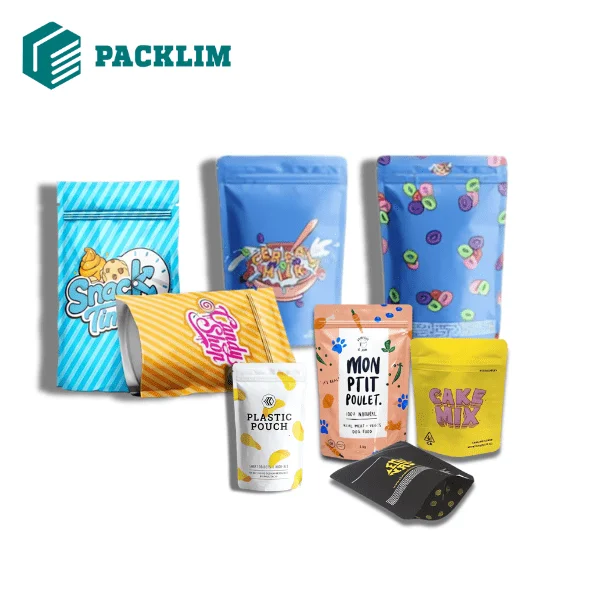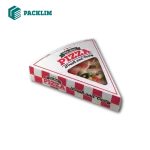
What Is Flexographic Printing? An In-Depth Guide
For most people, the question comes to mind: What is flexographic printing? It is the fastest printing technique used in the manufacturing of packaging material. Flexographic printing plates and press are used to provide the best quality prints on the boxes.
It is a cost-effective and efficient printing method, and various options are available. From the process of packaging to labeling, it will provide you with good quality results without increasing your budget. In this blog, you will get information on the Flexographic process, working, and the advantages and disadvantages of flexography.
A Short History of Flexographic Printing
In the 19th century, flexographic printing was introduced due to water-based inks. These inks are not safe, and people are facing challenges regarding food-grade inks. In 1950, flexographic printing was adopted. Their methods are best for packaging production and are used as printing solutions.
Modern change in Flexographic Printing
Modern flexographic printing has made advanced changes like it improve the materials. In 1990, Digital technology changed and introduced flexographic printing. In the 21st century, flexography has made more changes and focused on environmental sustainability by using recyclable material, using water-based inks, and minimizing waste.
What is the flexographic printing process?
It is a high-speed process and is used in packaging or labeling. It has flexographic printing plates, which are made of photopolymer, which allow printing on different materials.
The flexographic print transfers the inks onto substrates like paper, plastic, and foil. Advanced flexographic plates enhance the quality and reduce waste or increase sustainability.
There are a few processes, which are as follows:
- Preparation of plate
- Mounting
- Application of ink
- Printing
- Drying
- Finishing
Flexographic vs lithographic vs offset printing
Flexographic printing is ideal for plastic and flexible materials, whereas lithography is commonly used for high-quality prints such as magazines. Offset printing, on the other hand, is widely used for commercial prints and packaging.
Lithography and offset printing are quite similar, but offset printing is primarily used for large-scale production.
In flexographic printing, solvent-based inks are used, while lithographic and offset printing rely on oil-based inks for better print quality.
It offers high speed and is ideal for packaging, while lithographic and offset printing provide excellent quality with vibrant colors.
Every printing method has both advantages and drawbacks; for example, lithographic printing consumes more water and chemicals, whereas offset printing requires less water but still generates chemical waste.
Material used in flexographic printing
There are a few materials that are used, which are as follows:
1. Printing plates
Printing plates are used to transfer ink into substrates. These are made from photopolymer or rubber due to its ability to deal with fine details. It has high-speed printing with precise ink transfer and is ideal for printing purposes.
2. Flexographic print Inks
Flexographic printing inks are used in flexography, and their composition, like viscosity, methods, and applications. These are the low-viscosity inks that lie on the surface of substrates.
3. Substrates
The substrate is the material on which the ink is printed. The substrates can include cardboard, plastic films, and paper. It plays an important role in print quality and overall packaging.
How does a flexographic printing machine work?
The flexographic printing technique is a high-speed rotatory process in which ink is transferred onto the substrates. The substrates can be plastic, metal, or paper. This process starts with the preparation of printing plates. Each plate has a specific color, and the ink is applied on an anilox roller that transfers a precise amount of ink onto the plate.
The substrates pass through the press and come in contact with an ink plate to get accurate image transfer. If you need a different color design, you need to transfer substrates through successive print stations. Each substrate is applied on every layer of color. After each layer is printed, it dries or solidifies before applying the next color. When all colors are printed, the substrate moves to the further process such as cutting, lamination, and labeling.
Pros and cons of the Flexographic printing technique
There are a few pros and cons of flexographic printing, which are as follows:
Pros of flexographic printing
- It has ability to print images on plastic, brown paper and, corrugated board to provide high-quality images.
- This is the high-speed process and ideal for the bulk packaging. It contains solvent-based and UV curable inks, which have fast drying properties. This is the time-saving process.
- It is a cost-effective process compared to other methods, and it has an efficient ink transfer system that minimizes material waste.
- It is a cost-effective process compared to other methods, and it has an efficient ink transfer system that minimizes material waste. Photopolymer plates have sharp detailing for fine text and complex graphics.
- Flexographic printing is used on coated paperboard for printing on cereal boxes or food packaging.
Cons of flexographic printing
- It is efficient, but this is best for bulk packaging; otherwise, it is expensive.
- It has improved the image quality but doesn’t meet the detail and fine image in printing methods.
- The new designs require printing plates, which are expensive and time-consuming. The tools used in flexography can be complex and require regular maintenance.
- Solvent-based inks are used in the flexography that cause VOC emission.
What are the harmful effects of Flexographic printing on the environment?
- There are a few harmful effects of flexography printing on the environment, which are as follows:
- Solvent-based inks are used in flexography, which is the main reason for the release of VOC and air pollution. Waste, including inks, solvents, and other plates, causes contamination.
- During the drying process, flexographic machines need more energy, and the old systems are increasing the carbon footprint.
- In the production of photopolymer plates, chemicals that are harmful to the environment. Rollers and plates contain toxin residues from inks and solvents, which are increasing pollution.
- Hope you completely get the guidance related to flexographic printing options, advantages, and disadvantages. If you want to get flexographic printing on any box, Packlim is available. You can easily customize the design according to your choice.
FAQ
What is flexographic printing used for?
This printing is used for packaging materials, labels, and corrugated boxes. It is best for bulk applications across industries like food, consumer goods, and pharmaceuticals.
Which type of substrates can be used in the flexographic printer?
Flexographic can print on substrates such as paper, corrugated, plastic, and metals. These materials are ideal for packaging, labeling, and cartons.
What are the Flexo plates in flexographic printing?
Flexo plates are made from photopolymer material or rubber. These plates transfer inks onto substrates such as paper, plastic, and metal. It provides high-quality prints.




